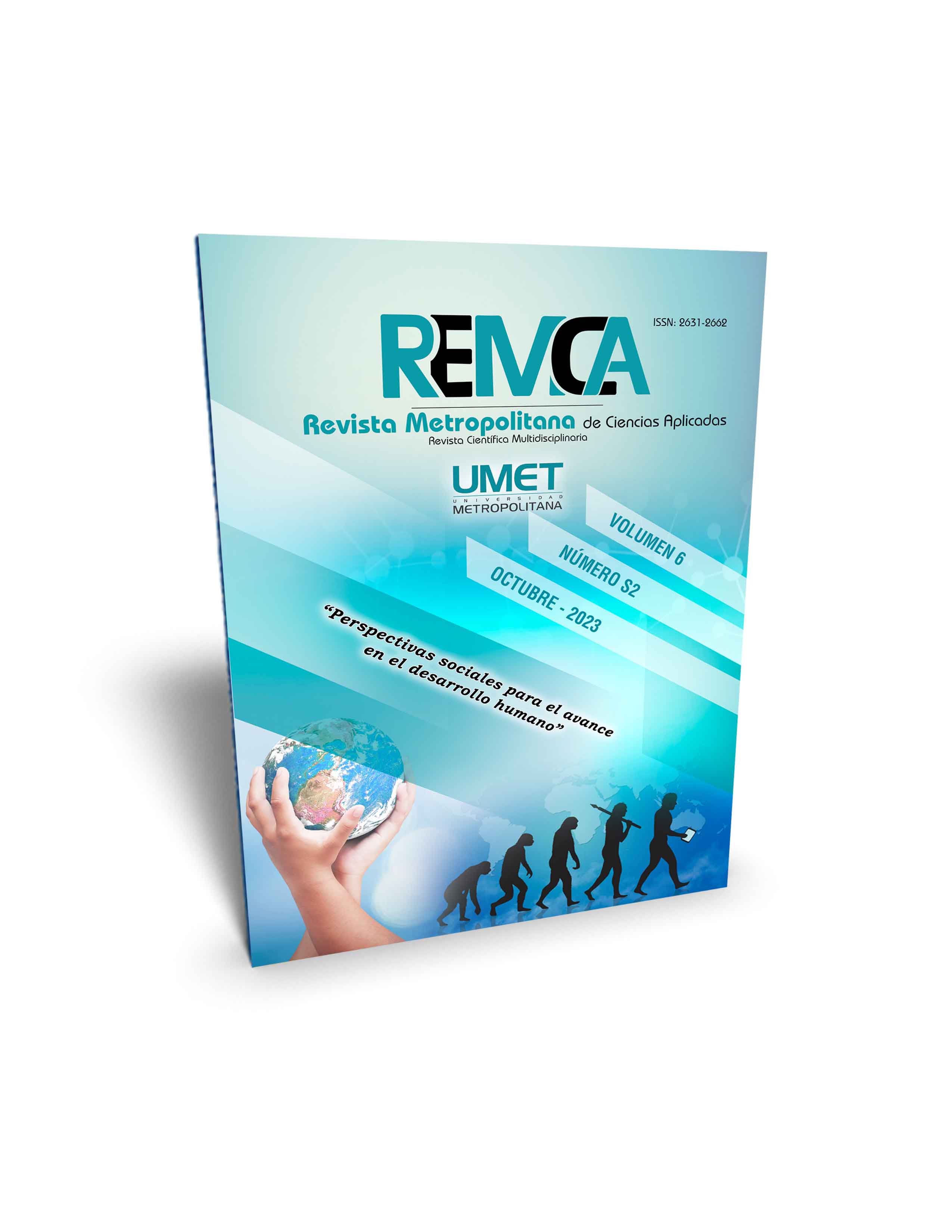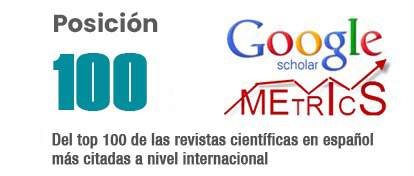Realidad virtual para la mejora del rendimiento académico en estudiantes de educación superior
DOI:
https://doi.org/10.62452/xr07j373Palabras clave:
Tecnología, rendimiento escolar, estrategias educativas, aprendizaje activo, enseñanza superiorResumen
Dentro del ámbito educativo, la realidad virtual se ha transformado en un recurso innovador que integra un aprendizaje más práctico y significativo aportando a una mejora en el sistema educativo, de manera especial, promueve la motivación, generación propia de conocimientos y una participación más activa de los estudiantes, no obstante, es relevante que su aplicación sea responsable por parte de los actores, por cuanto se podría convertir en un distractor. En este contexto, la presente investigación está encaminada en proponer el uso de la realidad virtual para la mejora del rendimiento académico en estudiantes de educación superior. En lo referente con la metodología se aplicó un estudio con diseño no experimental y alcance descriptivo, mediante la aplicación de un instrumento validado y el análisis de la información recopilada se efectuó a través de pruebas estadísticas descriptivas, evidenciando que existe un gran interés por parte de los estudiantes encuestados por el uso de la realidad virtual en las clases, es así que, se proponen 4 etapas (ADAAR) para la implementación de esta herramienta digital que promoverá un aprendizaje significativo y con ello la mejora del rendimiento académico.
Descargas
Referencias
Aguirre-Herráez, R. G., García-Herrera, D. G., Guevara-Vizcaíno, C. F., & Erazo-Álvarez, J. C. (2020). Realidad aumentada y educación en el Ecuador. Revista Arbitrada Interdisciplinaria Koinonía, 5(5), 415–436.
Andrade-Taynys, M. N., & Zambrano Castro, D. Z. (2021). Relación entre educación virtual y rendimiento en niños que presentan dificultades de aprendizaje de la escuela 16 de octubre. (Tesis de grado en Psicología). Universidad de Guayaquil.
Barrios-Gaxiola, M. I., & Frías Armenta, M. (2016). Factores que influyen en el desarrollo y rendimiento escolar de los jóvenes de bachillerato. Revista Colombiana de Psicología, 25(1), 63–82.
Britez, M. (2020). La educación ante el avance del COVID-19 en Paraguay. Comparativo con países de la Triple Frontera. SciELO Preprints. https://doi.org/10.1590/SciELOPreprints.22
Chong-González, E. G. (2017). Factores que inciden en el rendimiento académico de los estudiantes de la Universidad Politécnica del Valle de Toluca. Revista Latinoamericana de Estudios Educativos (México), 17(1), 91–108.
Cienytec Ltda. (2023). Laboratorios de realidad virtual para simulación de experimentos de ciencias. https://www.cienytec.com/edu2-laboratorios-realidad-virtual-ciencias.htm
Ecuador. Ministerio de Educación. (2023). Desempeño del estudiante. https://educacion.gob.ec/desempeno-del-estudiante/#
Edel-Navarro, R. (2003). El rendimiento académico: concepto, investigación y desarrollo. Revisa Iberoamericana Sobre Calidad, Eficacia y Cambio En Educación, 1(2).
Escartín, E. R. (2000). La realidad virtual, una tecnología educativa a nuestro alcance. Revista de Medios y Educación, 15, 5–21.
Haro-Lara, A. P., Tite, S. R., & Caisaguano-Ramos, J. M. (2020). COVID-19 y rendimiento académico: Retos y oportunidades de los estudiantes de educación básica del sector rural. Revista Científica y Arbitrada de Ciencias Sociales y Trabajo Social ‘“Tejedora,”’ 3(6), 42–51.
López-Cervantes, M. J., Llanes-Castillo, A., Peña-Maldonado, A. A., & Cruz-Casados, J. (2020). Estrategias para potenciar el aprendizaje y el rendimiento académico en estudiantes universitarios. Revista Venezolana de Gerencia, 25(90), 579–591.
López-Martín, V. M. (2018). La realidad virtual como recurso educativo en las ciencias experimentales. (Tesis de Licenciatura). Universidad de Valladolid.
Magallanes Rodríguez, J. S., Rodríguez Aspiazu, Q. J., Carpio Magallón, Ángel M., & López García, M. R. (2021). Simulación y realidad virtual aplicada a la educación. RECIAMUC, 5(2), 101-110.
Marotta, F., Montes de Oca, J. A., & Addati, G. A. (2020). Simulaciones con realidad inmersiva, semi inmersiva y no inmersiva. Universidad del CEMA.
Medina-Ayala, V., Tedes-Muso-Franklin, & Jácome-Caiza-Lisbeth. (2020). La educación virtual y su incidencia en el rendimiento académico del Instituto Superior Tecnológico Vicente León. Revista Académica y Científica Victec, 2(2).
Morales-Barrera, Á. P. (2013). Instrumentos de evaluación y su incidencia en el rendimiento escolar de los alumnos de Quinto año de Educación Básica de la escuela Domingo Faustino Sarmiento del Cantón de Pelileo. (Tesis de maestría). Universidad Técnica de Ambato.
QuiverVision. (2023). La realidad aumentada en el aula mejora el compromiso, la motivación para aprender y el logro general. https://quivervision.com
Romero-Salazar, J. (2021). Uso de las aulas virtuales en la asignatura de Estudios Sociales y su inciedencia en el rendimiento académico en los estudiantes del 8vo año de EGB en la Unidad Educativa Intercultural Bilingüe “Shiry Cacha”. (Tesis de Maestría). Universidad Nacional de Chimborazo.
Sousa-Ferreira, R., Campanari-Xavier, R. A., & Rodríguez Ancioto, A. S. (2021). La realidad virtual como herramienta para la educación básica y profesional. Revista Científica General José María Córdova, 19(33), 223–241.
Toala-Palma, J., Arteaga-Mera, J., Quintana-Loor, J., & Santana-Vergara, M. (2020). La Realidad Virtual como herramienta de innovación educativa. Episteme Koinonia, 3(5).
Urquiza -Mendoza, L. I., Auria Burgos, B. A., Daza Suárez, S. K., Carriel Paredes, F. del R., & Navarrete Ortega, R. I. (2016). Uso de la realidad virtual, en la educación del futuro en centros educativos del Ecuador. Revista Ciencia e Investigación, 1(4), 26–30.
Vera-Ocete, G., Ortega-Carrilo, J. A., & Burgos-González, M. Á. (2003). La realidad virtual y sus posibilidades didácticas. Revista Eticanet, 2(2), 1–17.
Descargas
Publicado
Número
Sección
Licencia
Derechos de autor 2023 Juan Carlos Agurto-Cabrera, Claudio Fernando Guevara-Vizcaíno (Autor/a)

Esta obra está bajo una licencia internacional Creative Commons Atribución-NoComercial-CompartirIgual 4.0.
Los autores que publican en la Revista Metropolitana de Ciencias Aplicadas (REMCA), están de acuerdo con los siguientes términos:
1. Derechos de Autor
Los autores conservan los derechos de autor sobre sus trabajos sin restricciones. Los autores otorgan a la revista el derecho de primera publicación. Para ello, ceden a la revista, de forma no exclusiva, los derechos de explotación (reproducción, distribución, comunicación pública y transformación). Los autores pueden establecer otros acuerdos adicionales para la distribución no exclusiva de la versión de la obra publicada en la revista, siempre que exista un reconocimiento de su publicación inicial en esta revista.
© Los autores.
2. Licencia
Los trabajos se publican en la revista bajo la licencia de Atribución-NoComercial-CompartirIgual 4.0 Internacional de Creative Commons (CC BY-NC-SA 4.0). Los términos se pueden consultar en: https://creativecommons.org/licenses/by-nc-sa/4.0/deed.es
Esta licencia permite:
- Compartir: copiar y redistribuir el material en cualquier medio o formato.
- Adaptar: remezclar, transformar y crear a partir del material.
Bajo los siguientes términos:
- Atribución: ha de reconocer la autoría de manera apropiada, proporcionar un enlace a la licencia e indicar si se ha hecho algún cambio. Puede hacerlo de cualquier manera razonable, pero no de forma tal que sugiera que el licenciador le da soporte o patrocina el uso que se hace.
- NoComercial: no puede utilizar el material para finalidades comerciales.
- CompartirIgual: si remezcla, transforma o crea a partir del material, debe difundir su creación con la misma licencia que la obra original.
No hay restricciones adicionales. No puede aplicar términos legales ni medidas tecnológicas que restrinjan legalmente a otros hacer cualquier cosa que la licencia permita.




